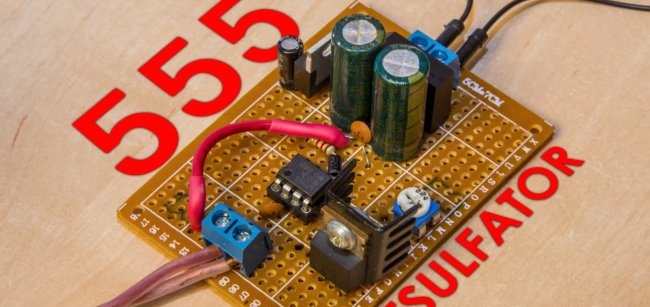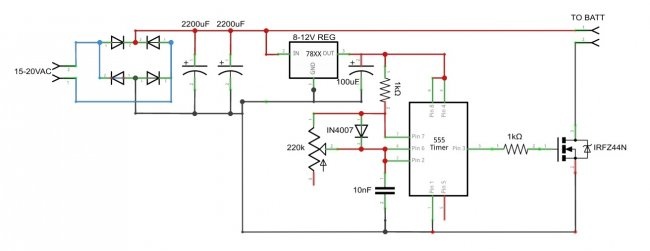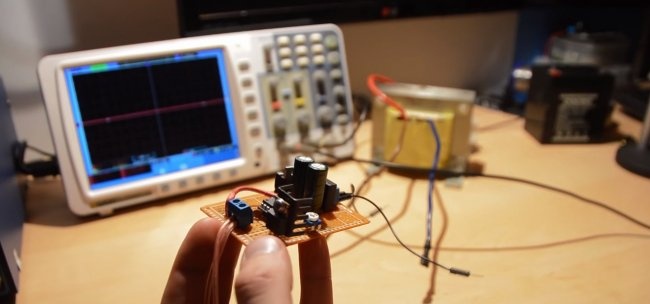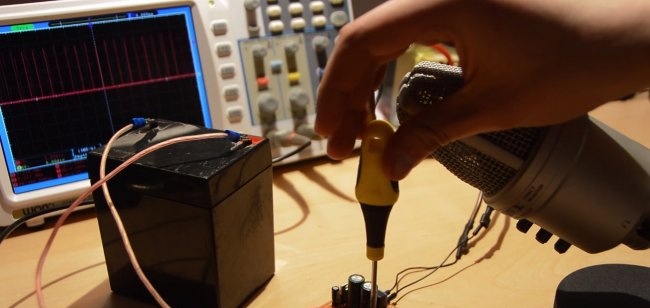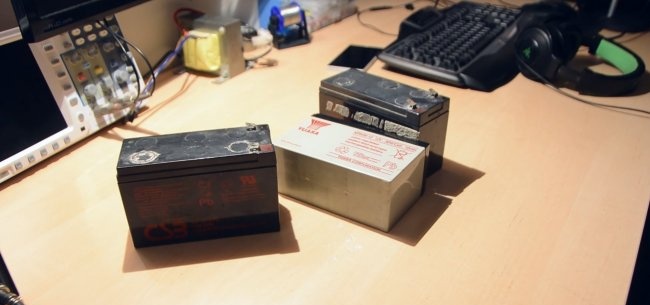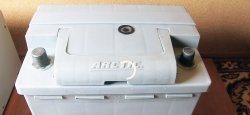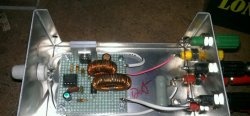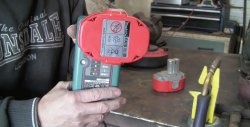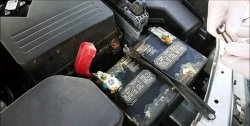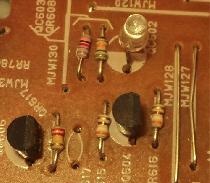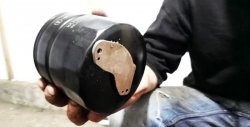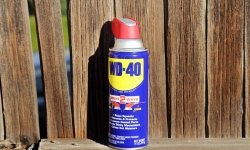According to statistics, more than half of batteries fail due to plate sulfation. I won’t go into detail about the reasons why this phenomenon occurs, but in a small part it is due to improper use of the battery. And in most cases - with a long battery life.
There are a number of ways to reverse sulfation, a process called desulfation. I'll tell you how to build an electronic device that can desulfate the battery plates with electrical impulses.
Advantages of the electronic method of battery recovery
To restore the battery, you do not need to undergo any disassembly, which is so important when restoring non-separable or gel batteries. It doesn’t even need to be removed from the car if we are talking about a car battery.
This recovery method is effective in 80 percent of cases - and this is a very good percentage.
The method is not time-consuming and will take you no more than 24 hours.
Electrical diagram
The scheme is not complicated. On the left is a rectifier bridge with smoothing capacitors.Next comes a stabilizer on a microcircuit, which powers a master oscillator assembled on a 555 timer. The timer, in turn, controls a powerful field-effect transistor, which connects the battery to the power source.
The entire circuit is connected to a rectifier transformer, with a secondary winding output of 15-20 volts alternating current. The voltage is rectified into direct current up to 20-25 V. This will be the main voltage that will be supplied to the battery. The master oscillator produces very short high-frequency pulses, somewhere around 10-35 kHz. Using a transistor switch, these pulses are sent to the battery.
Operating principle
The device delivers short, high-amplitude pulses to the battery. The peak, which can reach a value of 10-25 A. Under the influence of these high-frequency and high-amplitude pulses, electrons and ions are excited, which in turn destroy lead sulfate, and the battery restores its capacity.
This restoration method is very effective and helps bring seemingly almost “dead” batteries back to life.
Assembling the desulfation device
You can assemble the circuit on a breadboard. It would not be superfluous to install the transistor on a small radiator.
Battery recovery process
In any case, before you start restoring the battery, it would be a good idea to check the presence of electrolyte in the banks. And, if necessary, add distilled water.
Well, then we connect it to the battery like a regular charger and periodically monitor the charging process by measuring the voltage on the battery.
The whole process can take you from 1 hour to 24 hours, it all depends on the battery capacity. Naturally, for car batteries it will be higher.It is also possible that a battery with a large capacity may require a more powerful mains transformer with a higher voltage.
A variable resistor regulates the pulse frequency. Rotating which, experimentally, achieves the best recovery results.
During all this time I have managed to restore more than one battery. The device is suitable for both 12-volt and 6-volt batteries.
